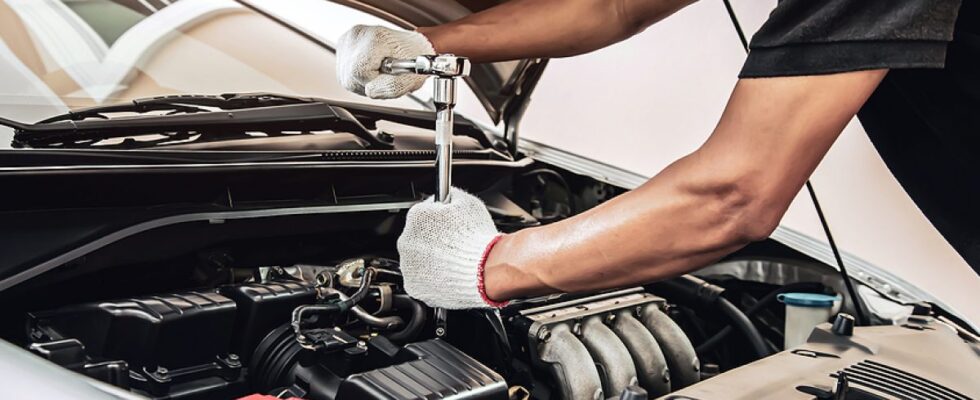The open road beckons, and as you slip behind the wheel, a sense of freedom and adventure fills the air. But amidst the exhilaration of the journey, there lies a responsibility that every driver should embrace: the care and maintenance of their vehicle. Auto maintenance is an essential skill that empowers you to keep your car running smoothly, ensuring your safety and your trusty steed’s longevity.
Whether you’re a seasoned driver or just starting your engines, this guide will equip you with the knowledge and confidence to become the master of your vehicle’s well-being. So buckle up, dear reader, as we dive headfirst into auto maintenance, where the road to automotive enlightenment awaits.
Below are the basics every driver should know:
Basic 1: Keeping the Battery in Good Condition
The battery provides the electrical power to start your vehicle and operate various systems. Regularly inspect the battery for signs of corrosion or damage. Using a wire brush, clean any corrosion with a mixture of baking soda and water. Ensure the battery terminals are tight and secure. If your battery is over a few years old or shows signs of weakness, consider having it tested or replaced by D Wells Auto to avoid unexpected breakdowns.
Basic 2: Checking and Changing the Oil
One of the most crucial aspects of auto maintenance is checking and changing the oil regularly. The oil lubricates the engine, reducing friction and preventing wear and tear. To check the oil, park your vehicle on level ground, open the hood, and locate the oil dipstick. Pull it out, wipe it clean, reinsert it, and then pull it out again.
Check the oil level on the dipstick, ensuring it falls within the recommended range. If the oil appears dark and dirty, it’s time for an oil change. To change the oil, drain the old oil by removing the oil drain plug, replacing the oil filter, and then refilling the engine with the recommended grade of fresh oil. Regular oil changes help maintain engine performance and prolong the life of your vehicle.
Basic 3: Monitoring and Inflating Tire Pressure
Proper tire maintenance is crucial for both safety and fuel efficiency. Regularly monitor your tire pressure using a tire pressure gauge. Locate the recommended tire pressure for your vehicle in the owner’s manual or on a sticker inside the driver’s side door jamb. Unscrew the valve cap, place the gauge on the valve stem, and read the pressure. If the pressure is below the recommended level, add air using an air compressor or gas station. Overinflated tires can cause poor handling, while underinflated tires can lead to reduced fuel efficiency and uneven tire wear. Maintaining the correct tire pressure enhances safety, improves vehicle handling, and maximizes fuel economy.
Basic 4: Inspecting and Replacing Air Filters
Air filters play a vital role in maintaining clean air intake for your engine. Over time, they accumulate dirt and debris, reducing airflow and affecting engine performance. Regularly inspect the air filter by removing it from its housing. If it’s visibly dirty or clogged, it’s time for a replacement. A clean air filter ensures proper fuel combustion, improves gas mileage, and protects the engine from contaminants.
Final Remarks
Understanding and implementing these basic auto maintenance practices ensure your vehicle’s longevity, reliability, and peace of mind. Remember, paying attention to your car’s needs will reward you with a safer and more enjoyable driving experience.


